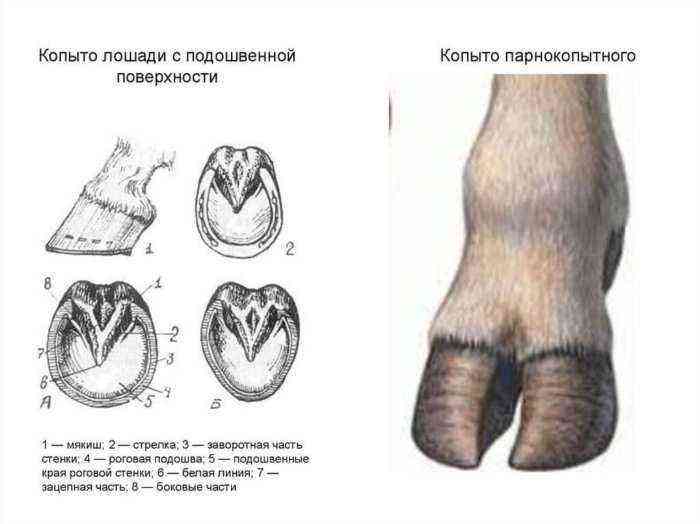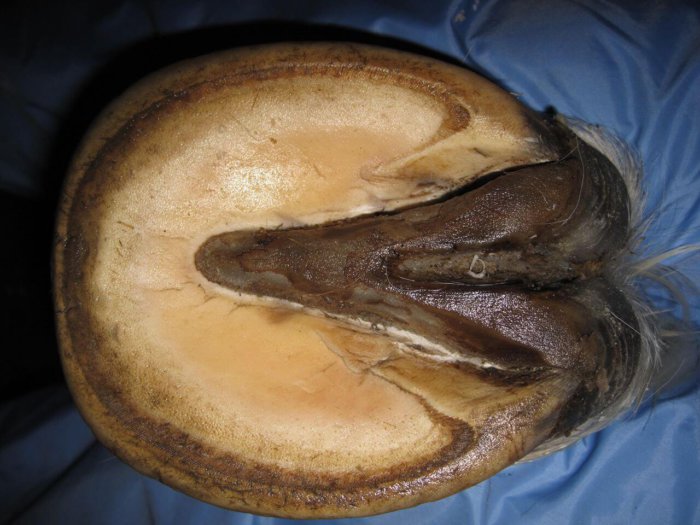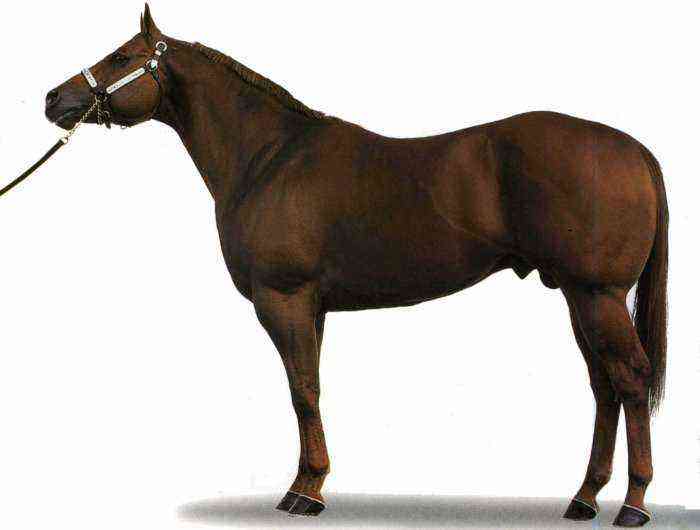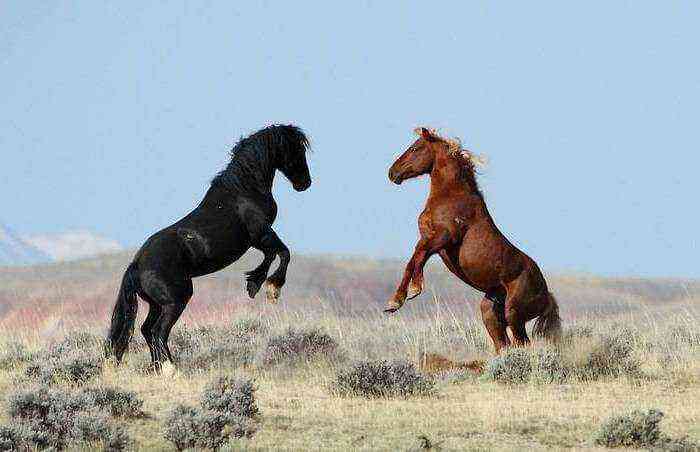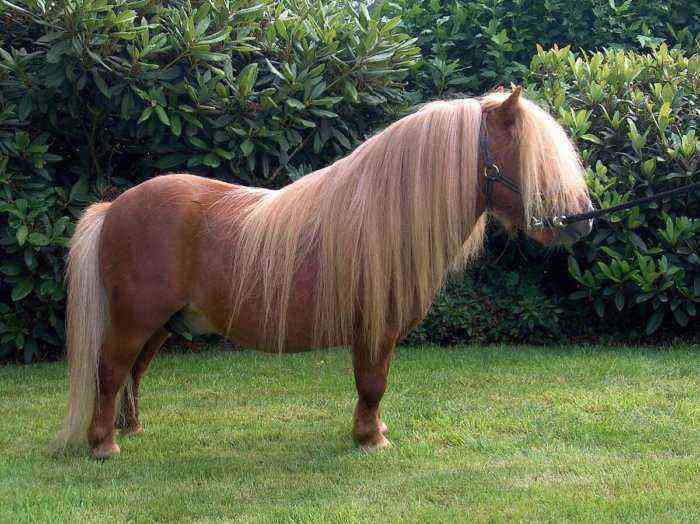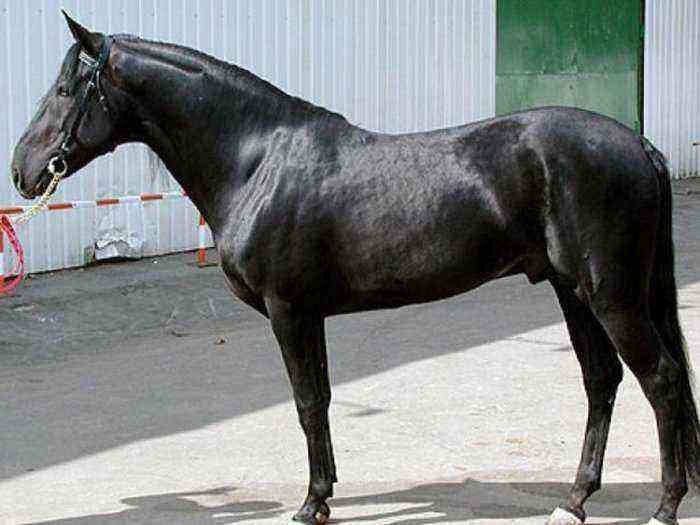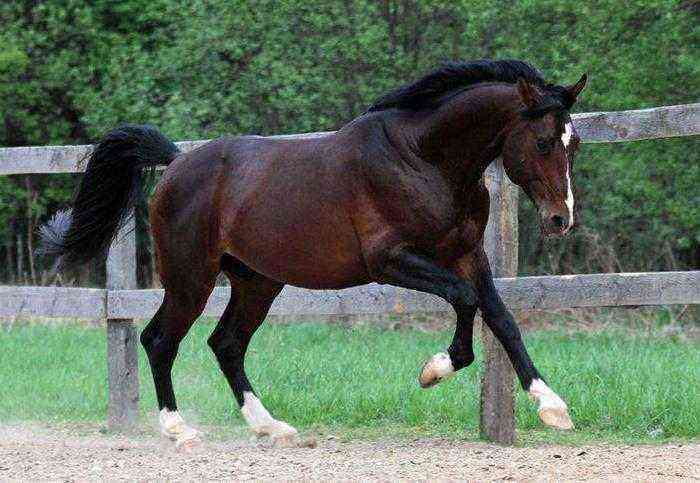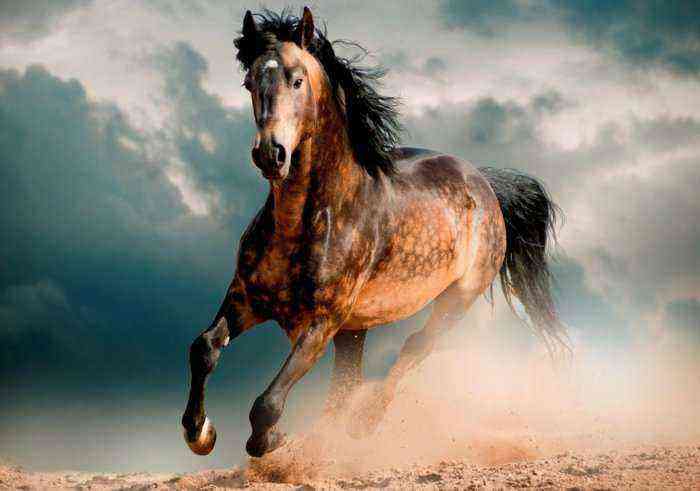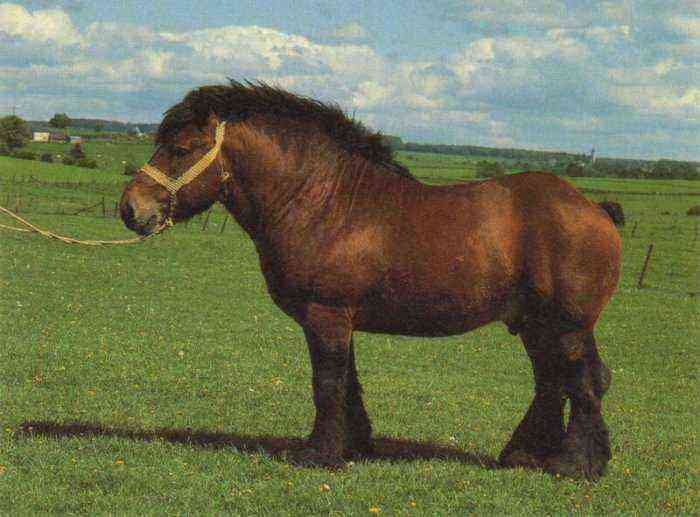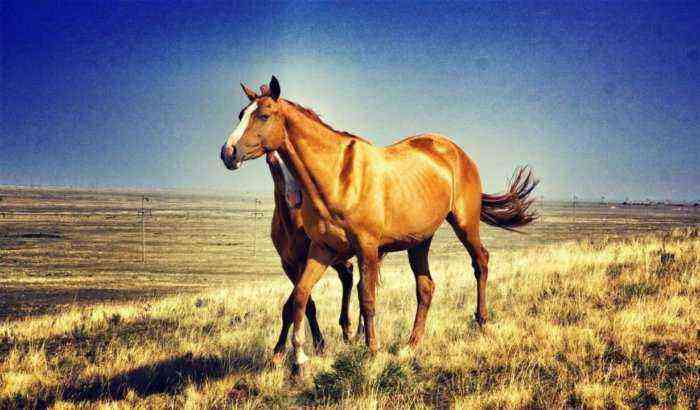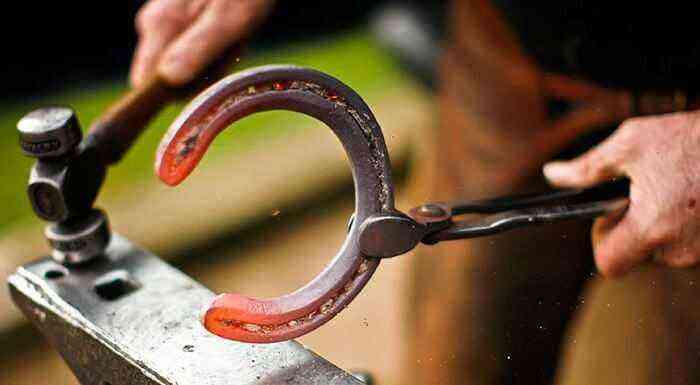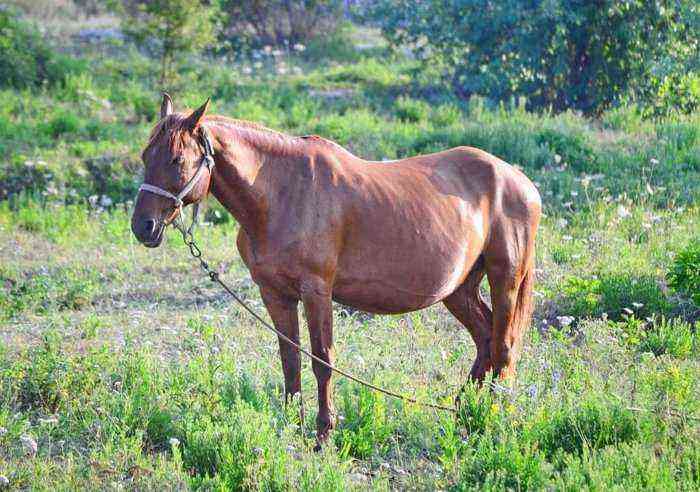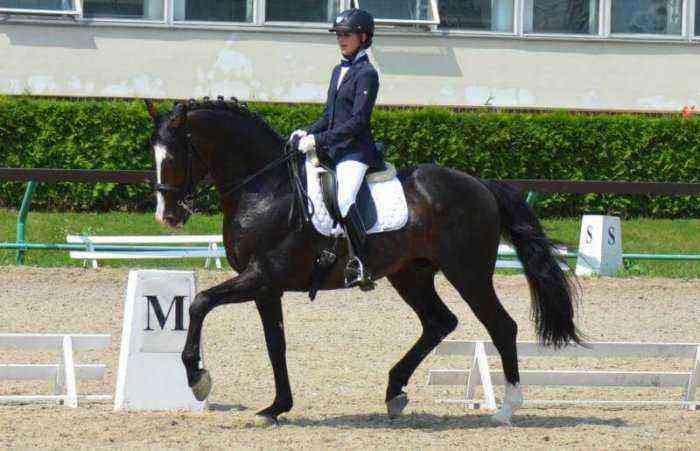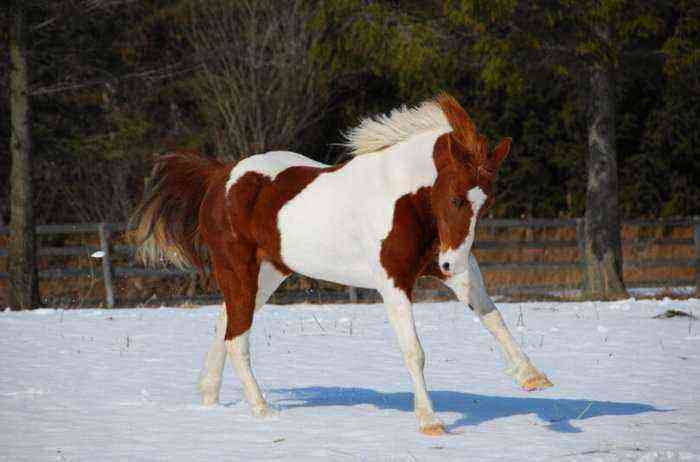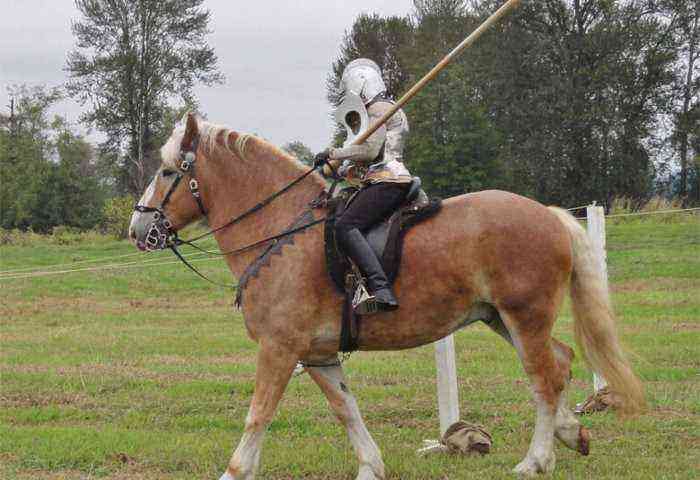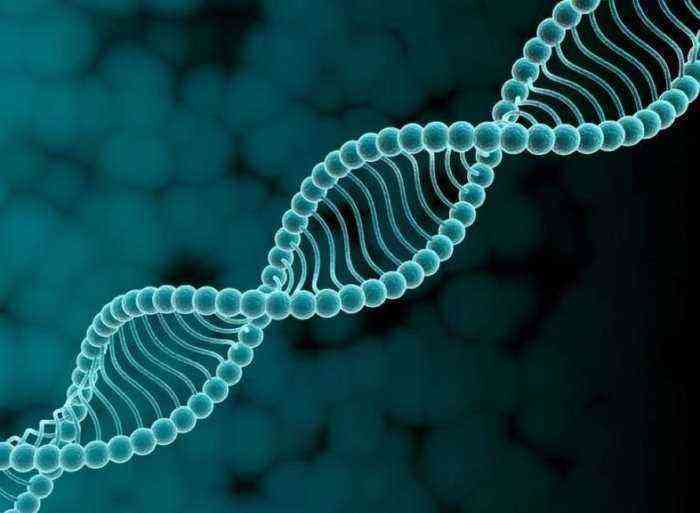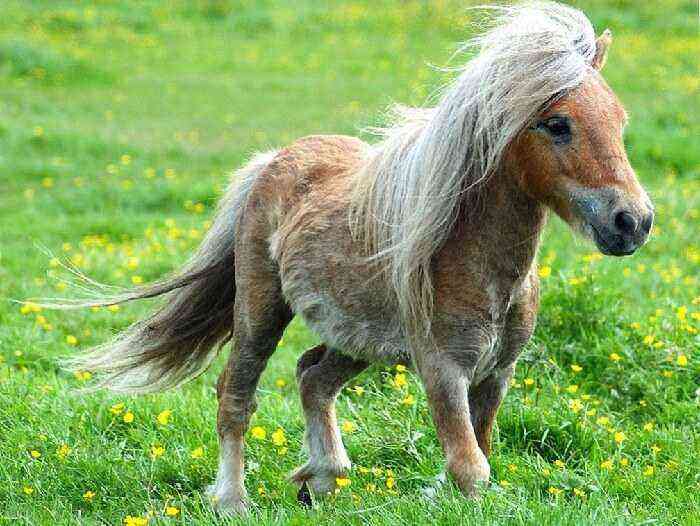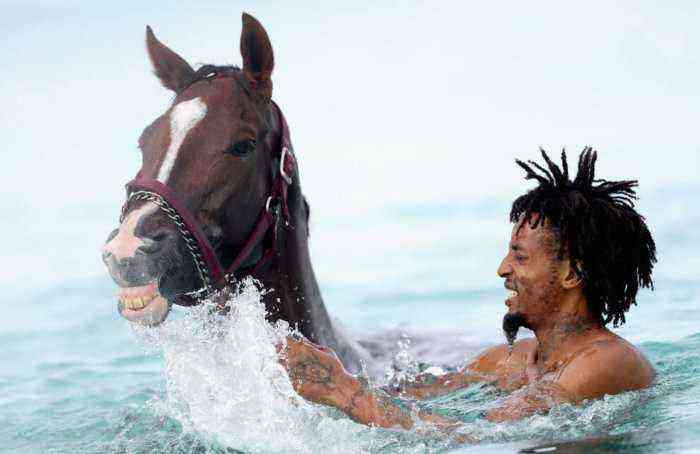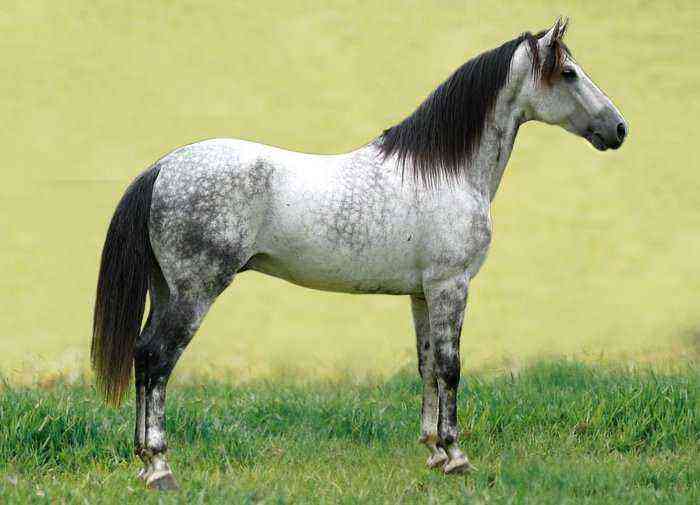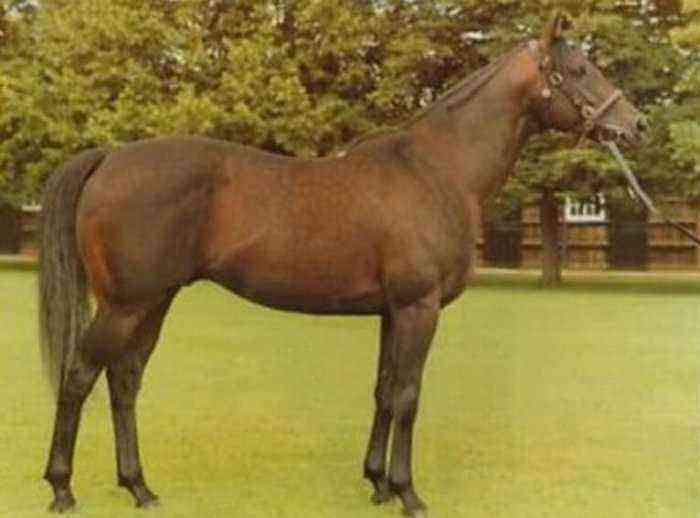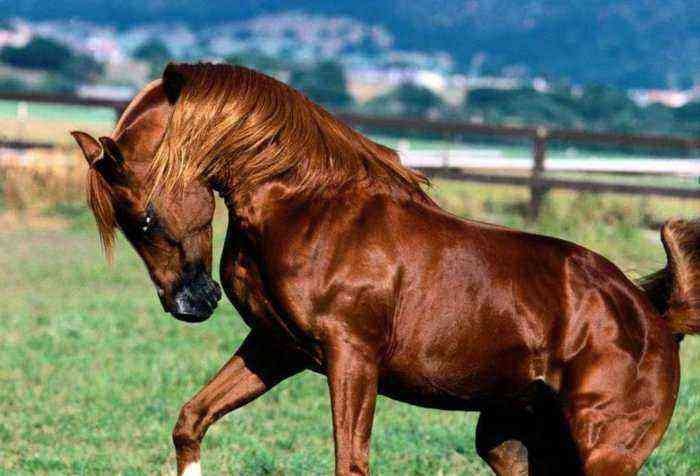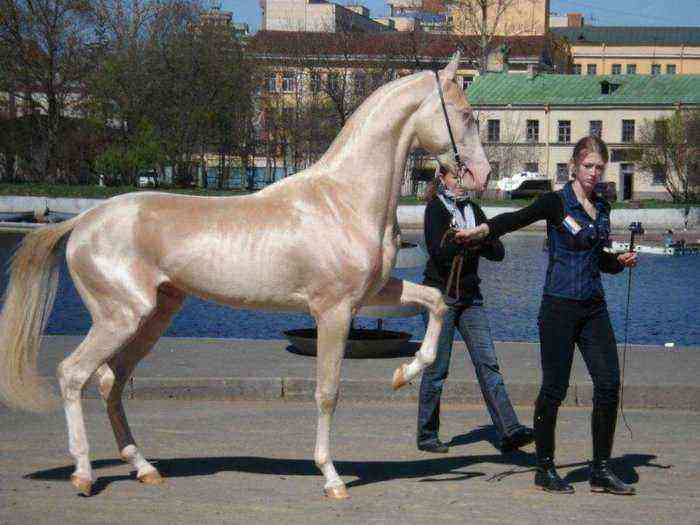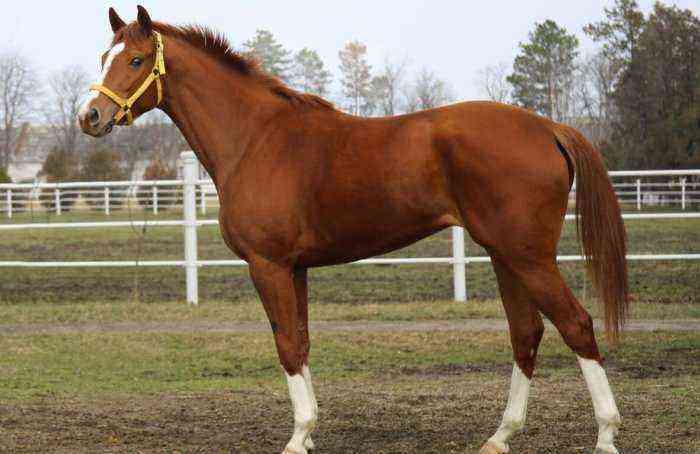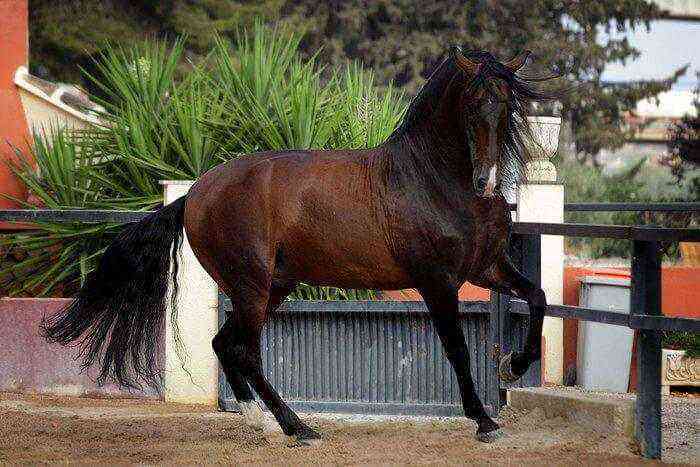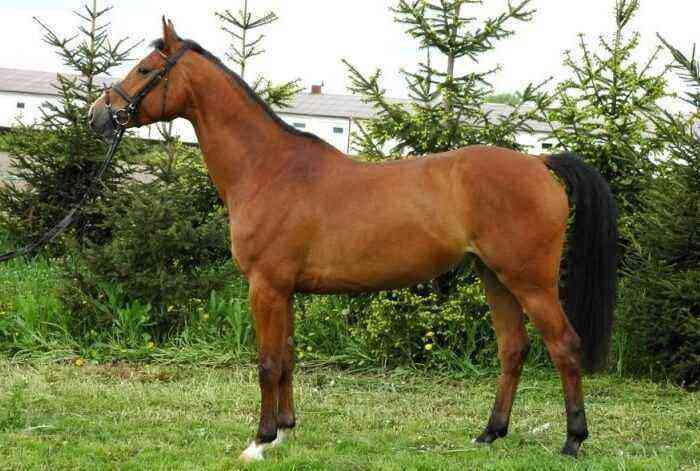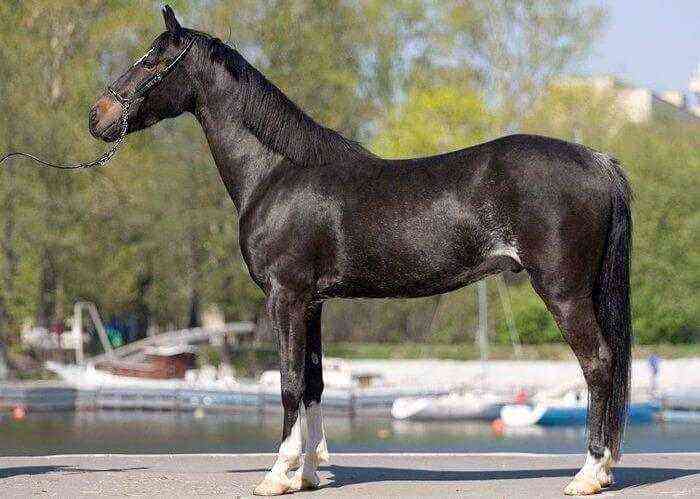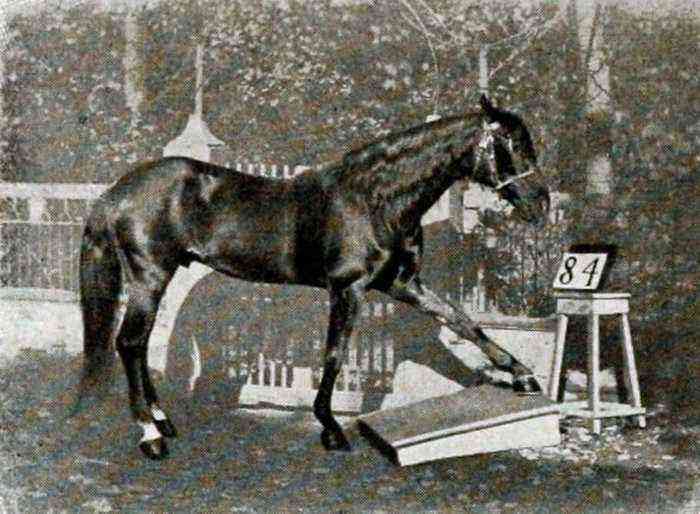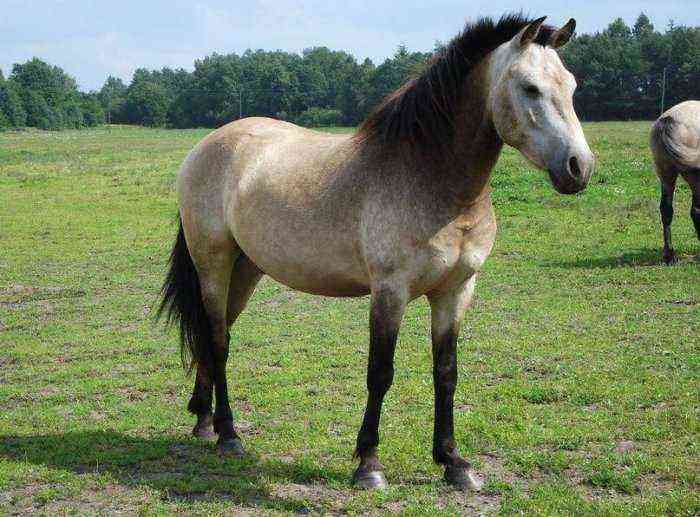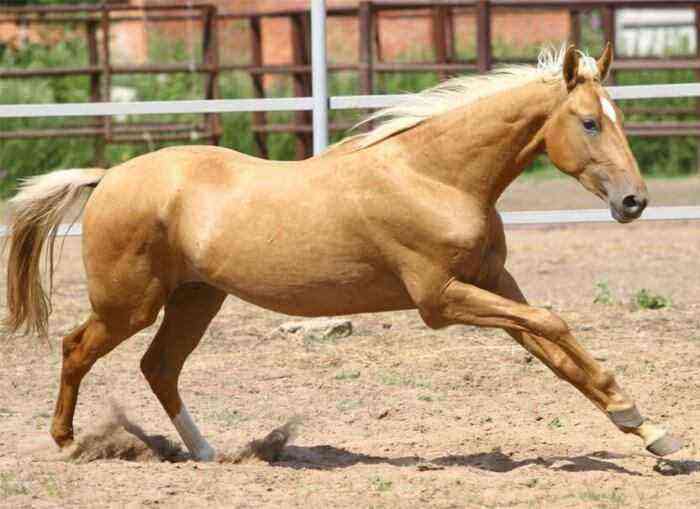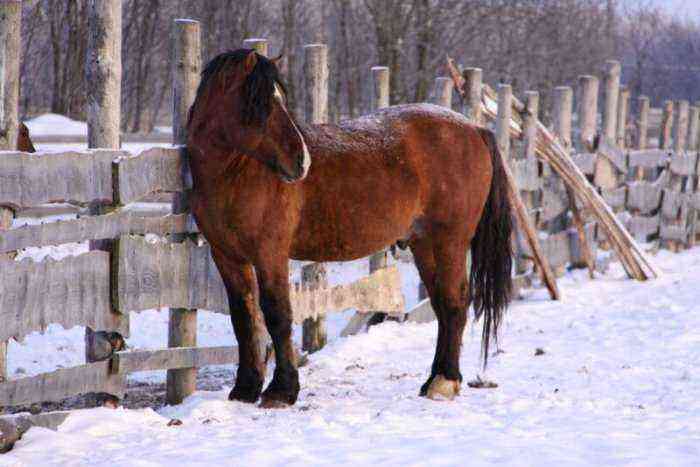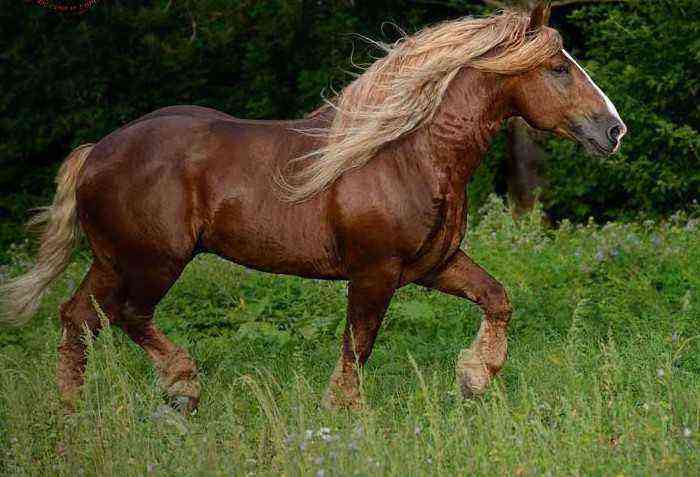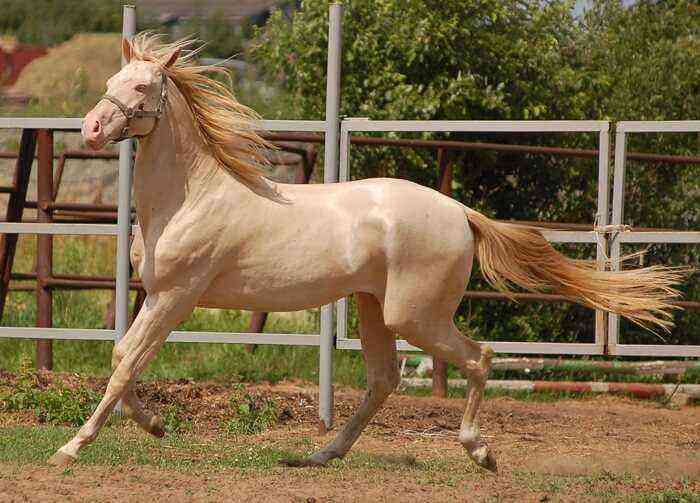The amazing speed and strength of horses have fascinated man since ancient times. But of course, a special way of moving such animals creates a significant load on the limbs of the horse. To compensate for it, the horse’s hoof exists just to compensate. This special formation of keratinized tissue is the result of a long evolutionary process. About why else a horse needs hooves and what they consist of, just will be discussed in the article.
Horses in the pasture
Features of the structure of the horse’s hoof
Having studied in detail the structure and evolutionary development of horses, scientists came to the conclusion that the hoof is actually a modified animal toe. In the ancient ancestors of horses, the paw bones ended in five rays. But due to the special distribution of body weight, the greatest load fell on the middle finger. As a result, he developed in the animal more than the rest. Moreover, with each new generation, the development of the third finger inhibited the development of all the others, which gradually atrophied.
In order to compensate for the absence of neighboring fingers, the middle one was overgrown with strong horny tissue, which also served as protection for the limbs from damage and compensated for shock loads. Despite the outward unsightliness, the structure of the horse’s hoof is quite complex. It consists of two main parts:
- Internal. It includes cartilage, blood vessels, nerves, and muscles that surround the leg bone. Their main purpose is to nourish the stratum corneum of the animal.
- External, which is also called the “shoe”. It is represented by a horny tissue that protects the inner sensitive part.
The outer part, in turn, consists of the following components:
- Border. It is a strip of soft horn tissue. It is the transition line between the skin of the foot and the shoe. Its task is to reduce pressure on the skin of the limb.
- Corolla. It has a semicircular shape and connects the border with the walls of the hoof. In this part, the bulk of the horny tissue of the walls is formed. In addition, the corolla compensates for the shock load when the foot comes into contact with the ground.
- Wall. Protects the horse’s hoof (its inner part) from damage from the side. Consists of two layers: the epidermis and the base of the skin. It is divided into toe, side and heel parts.
- Sole. Such a formation involves a horny plate curved upwards with a thickness of up to 2 cm. It provides protection for the bone, cartilage and ligaments from below. A special white line runs at the transition point of the sole to the wall of the capsule.
- Crumb. It consists of a special more elastic horn tissue located in the heel of the leg. Responsible for surface adhesion. It is combined with an arrow, which dampens most of the hits on the ground.
Hoof structure
It is also worth noting that a horse’s hoof is a specific size and shape, which may vary slightly depending on the breed of the animal.
Form
The shape of a horse’s hoof depends on a number of factors:
- the breed of the animal;
- weight and exterior;
- accommodations;
- the most typical loads for a horse.
The first two points suggest a particularly strong influence on form. So, in thoroughbred racehorses, the hoof is narrow, has an elongated shape and is strongly sloping. Heavy trucks are characterized by a wide, straight and more rounded horn capsule.
They also affect the parameters of the shoe and the climatic conditions of the region. If rainy, humid weather prevails in the area, the horny wall of the capsule is thicker and grows faster. In arid regions, the horse’s hooves are narrower, and their wall is thinner.
Size
The size of the hoof is also influenced by the breed and conditions of the animal. In addition, the hoof capsules of the fore and hind legs differ in size. The hind hoof is much narrower and smaller than the front. In this case, the sole is concave inward. The front shoes with a straight sole are much wider than the rear ones. In addition, they differ from each other and the degree of inclination of the hook part to the surface line. On the hind limbs, this figure varies between 55-60 degrees. For the front, it is 45-50 degrees.
hoof horn
Hoof horn tissue is represented by three main layers: two layers of superficial skin cells and a skin base. The surface cells of the horn are divided into two types:
- leafy.
- Papillary.
Thanks to this structure, the horny cells are securely linked to the base of the skin. This is what provides the strength of the hoof.
Lamellar and papillary cells are constantly dying off and being re-produced by the body. Thus, over a period of 12–14 months, a complete renewal of the tissues of the hoof capsule occurs. This is also the reason for the overgrowth of cracks in the hoof.
Signs of a healthy hoof
Every experienced horse owner knows that any damage to the hoof can lead to serious complications for the animal. Therefore, you should regularly inspect the hoof horn. And in order to timely identify the beginning pathology, you need to clearly know what a healthy hoof looks like.
healthy hoof
The following points are signs of the health of the horn capsule:
- the wall of the shoe is covered with an intact thin layer of stronger horn tissue, on which there are no cracks and potholes;
- the sole of the hoof is slightly bent inward and has a uniform color over the entire surface without red and yellowish spots (knots);
- the horn arrow suggests the original shape with sharp edges and no cracks;
- the rim in the lower part is rounded and smoothly connects with the crumb;
- there are no cracks and traces of damage on the crumb;
- there is no pronounced separation between the sole and the edges of the wall.
The foot during the course is in contact with the ground surface over its entire area. If there is a slight tear at the heel, the hoof is most likely deformed and needs to be corrected.
How to determine the pathology of the hooves yourself?
Experienced breeders know that with a lack of proper care, excessive exercise, and improper weight distribution, hoof diseases in horses develop extremely quickly. Moreover, such a process is complicated by the fact that it is difficult to identify the deformation or the initial stage of the disease even for an experienced specialist, and the animal itself does not give any signals.
But since the timely detection of the disease is the key to its successful treatment, it is necessary to be able to identify the beginnings of pathology on your own. Do this in accordance with the algorithm:
- During the inspection, compare the hoof to the healthy standard described above.
- Watch how the horse stands. If he leans slightly forward, the limbs deviate from the vertical axis, this may be a sign of inflammation of the heel of the hoof.
- Evaluate the nature of the horse’s gait and the position of his legs in the process of walking. A healthy horse puts his foot first on the heel, and then on the whole foot. Horses with a sore hoof lower their toes first, and then only their feet.
- Examine the muscles of the animal in the region of the shoulder blades. If the muscles here grow solid, without a characteristic deepening, then most likely this is a sign of an uneven distribution of body weight due to deformation of the hooves. This is also evidenced by an excessively thick neck.
Attention! All these signs are a good reason to visit a veterinarian. He will be able to conduct a more detailed examination and make a suitable diagnosis.
Hoof care – cleaning and trimming
Constant care of the horse’s hooves allows you to maintain their health and prevent developing pathologies in time. Basic care procedures include proper brushing and pruning. They are carried out every 1-2 months.
The trimming is carried out very carefully so as not to damage the limb. And in the process follow these instructions:
- The hoof is pre-soaked in water for 2-3 minutes. Then the animal is fixed with straps in the machine.
- Adhering dirt and debris are removed with a special brush and hook, first from the horny wall, and then from the side of the sole.
- Special attention is paid to the recesses and the arrow area. Dirt is cleaned from the heel area towards the toe.
- The performer firmly clamps the leg of the horse between his legs. Further, forceps evenly cut off excessively overgrown areas of the horny wall.
- With the help of a rasp, grind off all the burrs and irregularities. After that, the sole is smoothly leveled and the hoof is polished. Do this from heel to toe.
It is worth noting that although the procedure is simple, it is better to entrust it to an experienced specialist if possible.
How to shoe a horse correctly?
Horseshoes are an effective means of protecting hooves from wear and damage. Such an element significantly enhances the strength of the shoe and prevents the appearance of cracks from impacts on hard surfaces.
horseshoes
Forging at home is carried out as follows:
- The hoof is cleaned and the excess parts of the wall and sole are trimmed. Next, use a rasp to level the surface.
- A horseshoe is applied to the cleaned sole and the size is checked. If the horseshoe does not fit, it is corrected to the desired size with a hammer and anvil.
- The fitted horseshoe is fixed with hooks (special nails), driving them strictly perpendicular.
- The ends of the nails are bent and cut off with tongs. Then they are carefully riveted with a hammer.
- With the help of a rasp, the protruding remains of nails and horny tissue are ground off.
Important! The procedure is also carried out for all other limbs. It should be remembered that before the age of 5, horses are not shod.
Hoof diseases in horses
The list of probable horse hoof diseases is quite extensive. But the main ones are:
- Corn. It develops with strong pressure on the hoof capsule or when using low-quality horseshoes. It is a seal of horny tissue on the sole near the wall. In the absence of urgent measures against the background of corns, an infection develops.
- Osteitis. The disease involves inflammation of the bone. A sign of its appearance is a special manner of movement of the animal, which shuffles its feet, feeling pain. An ailment occurs with a severe bruise of the limb or against the background of laminitis. In the absence of proper measures, the animal may stop walking or even die.
- Laminitis. This disease involves inflammation of a special pterygoid cartilage of the hoof. It develops as a result of an unbalanced diet, problems with blood vessels in the hoof, or with a strong concussion.
- Disease of the navicular bone. It is a deformity of the bone to which the leg flexor ligament is attached. From this, the animal feels severe pain and limps. Over time, lameness becomes permanent. Researchers believe that such a disease is congenital. But as a preventive measure, it is recommended not to load the horse on asphalt and other hard surfaces.
Attention! When identifying signs of any of the listed diseases, you should immediately contact your veterinarian. Otherwise, the disease will be complicated, which can greatly harm the animal.
The hoof plays a large role in protecting the horse’s limbs. Moreover, even the slightest damage to this part of the body can cause serious diseases that are fraught with severe suffering for the animal and even lifelong lameness. Therefore, it is extremely important to properly care for the horse’s hoof, as well as be able to timely identify signs of a developing disease.
